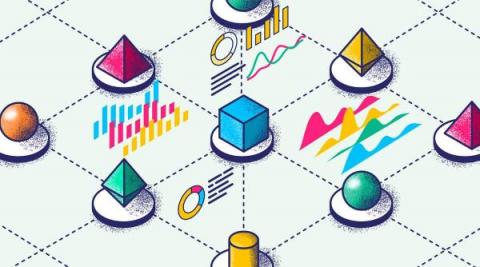Creating a Free Data Lake with Coralogix
Like many cool tools out there, this project started from a request made by a customer of ours. Having recently migrated to our service, this customer had ~30TB of historical logging data. This is a considerable amount of operational data to leave behind when moving from one SaaS platform to another. Unfortunately, most observability solutions are built around the working assumption that data flows are future-facing.











